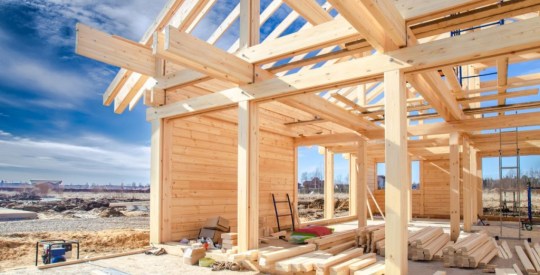For the ninth consecutive month, Minnesota home prices appreciated.
Inventory also dropped, indicating strong buyer activity compared to year-ago levels. Essentially, more homes sold in less time at higher prices than last year.
Last month, 3,843 homes closed, a 20% increase year-over year. Pending sales jumped 12.6% compared to November 2011 with 3,587 sales pending.
“We never had the extreme highs and lows that South Florida, Phoenix and the Southern California markets, so we didn’t have as far to come back from. Based on that, along with the general robustness of the economy, we’re starting to see numbers come back here,” said Herb Tousley, director of the master of science real estate program at the University of St. Thomas in St. Paul, Minn.
The median sales price rose by 16.9% to $173,000 while inventory fell 29.4% to 13,860 active listings — the lowest number since January 2003.
Minnesota’s strong economy is helping the housing recovery, Tousley said.
“Our unemployment rate has usually been about 2% below the national average (currently 5.8%). Over the last six to eight months we have recorded good employment growth that has resulted in higher levels of consumer confidence,” Tousley said. “The prospect of a better job market and increased consumer confidence has resulted in an increased volume of home sales and higher median sale prices.”
The success of the Minnesota housing market is supported by a 50.4% increase in traditional sales since November 2011, a 14.9% decrease in foreclosures and 2.7% drop in short sales. As bank-owned listings decline, traditional seller activity is continuing to rise.
“Traditional sellers are beginning to step back into the field,” said Cari Linn, president of the Minneapolis Area Association of Realtors. “Price gains combined with more competition among buyers for less supply should be appealing to homeowners looking to make a move in the near future.”
In 3.4 months, the Minnesota housing inventory plummeted 40.6%. This supply and demand scenario is allowing sellers to get offers close to their listing price. In fact, sellers received 94.3% of their list price.
In regard to loans, conventional financing involved 48.5% of all closed sales, while Federal Housing Administration financing was only used for 23.1% of sales.
“As a whole, 2012 brought colossal change to our housing market, which is continuing today,” said Andy Fazendin, MAAR president-elect. “We remain optimistic for 2013.”



